Insulating a basement is a great idea if it wasn't insulated when built, as before we began insulating foundation walls and below slabs(see slab on grade), it was generally estimated that basement heat loss accounted for about 1/3 of the total heat loss of a house. It is likely that such an abysmal starting place made the addition ofanyinsulation at all seem sufficient, so basements built to code are still often chronically under-insulated.
Current building codes vary by region and state, but what is consistent is that if you insulate to the minimum requirements of code, your basement will still account for a significant and unnecessary portion of the heat loss in your home. Somewhere between R5 and R10 under a slab tends to be what we typically see now, yet energy modeling shows that additional insulation will have a relatively quick payback period.
The three images below are thermal models showing what you could expect from a concrete floor in a typical cold climate, either in Canada or Northern US; first un-insulated, the second insulated to meet Building Code (R10) and the third insulated to R20, the minimum we would recommend in Canadian and US cold climate zones, for comfort and a good return on investment.

Modelled using a 4-inch concrete floor, you can see that in the first image of an uninsulated floor, the colour gradient from warm to cold shows that heat lost to the ground below is evident to a depth of many feet, while in the images with insulated floors you can see that much more heat is contained by the insulation. Also worth noting is the light red colour of the uninsulated floor indicates a cooler temperature that the white-coloured insulated floors, which is less comfortable for occupants.
Despite the constant temperature of the earth just below frost depth (approximately 2 or 3°C in winter), the type of ground on which you are building will have a dramatic effect on the rate of heat loss through your foundation walls, as heat moves more easily through some materials than others.
Heat will be drawn from your home much quicker through rock than clay, and quicker through clay than soil. Heat will also move quicker through wet clay than dry. We would recommend at least R20 under slab floors in cold climates (the third image above), but depending on the type of ground on which you are building, you might need even more to double that in order to maintain the same level of energy efficiency.
The rate of heat loss through foundation walls also varies between below-grade and the parts above. Over a heating season, there will be much more heat loss through above-grade walls than those below.
因此,一墙两率的热传递,这就留下了两难的隔热比你需要更多的下面,或少于你需要的上面。有一种选择是在等级以上的水平上加强绝缘;然而,这是一种不太常见的建筑技术。为了真正有效,它需要在墙的外部进行,以防止热桥接。
Building code requirements for foundation walls vary across the US and Canada, and range between R19 and R24.5. This is a minimum and, depending on location and climate we would recommend increasing that in the interest of saving energy, and money in the longterm.
Whenrenovating or building a new home in the US or Canadawitha Basement or a Slab on Grade, in the EcoHomebest practice for building Foundations & Basements guidesection you will findthe basics on foundation,basement & slab design,under slab insulation, site selection & preparation, excavation, drainage &radon gas prevention and mitigation.
Technical edit and thermal images by Denis Boyer


















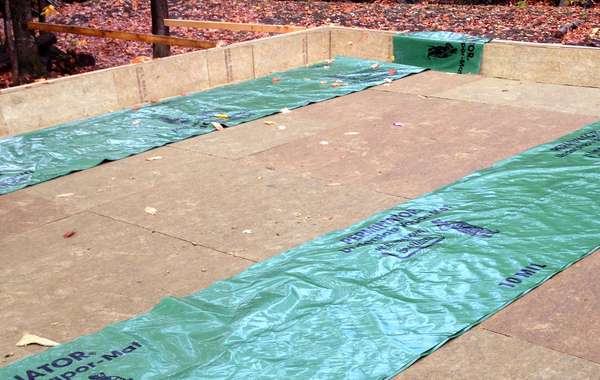
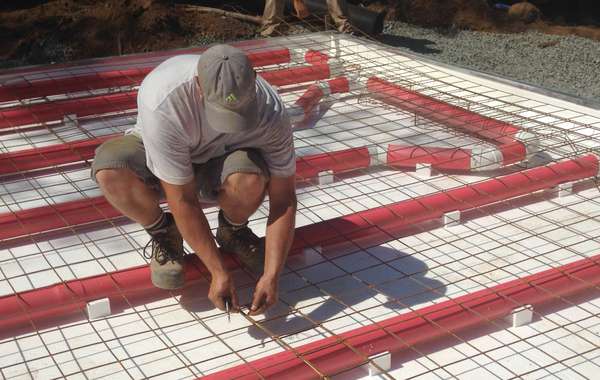
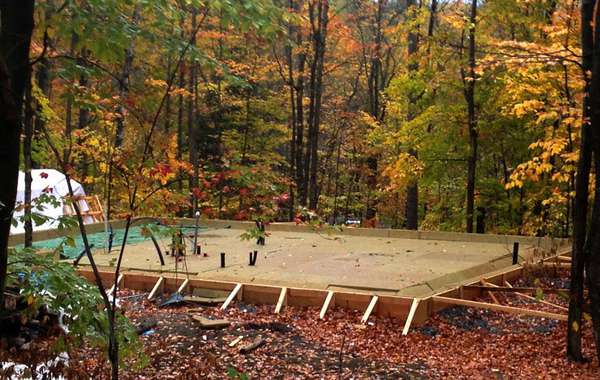
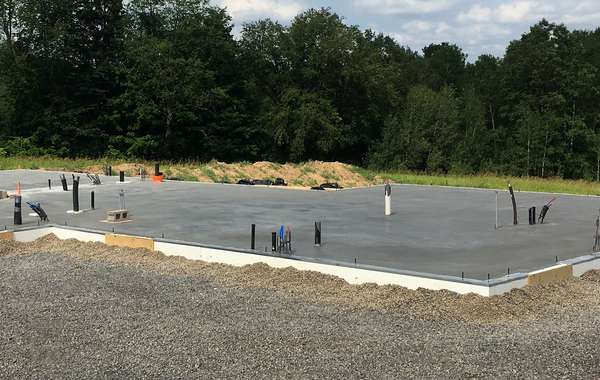
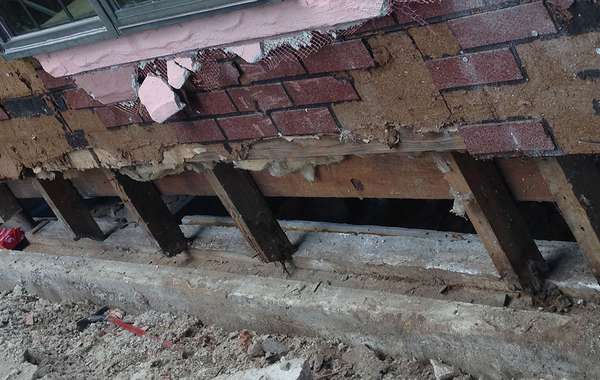
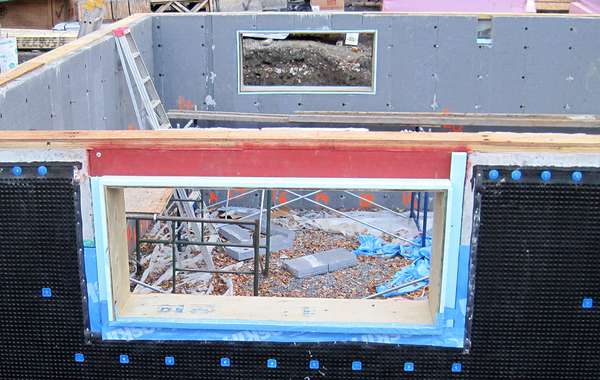
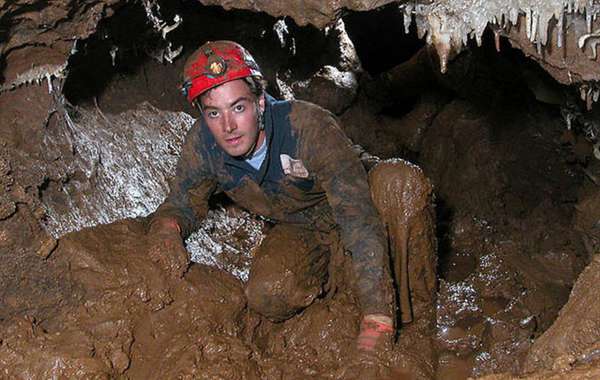
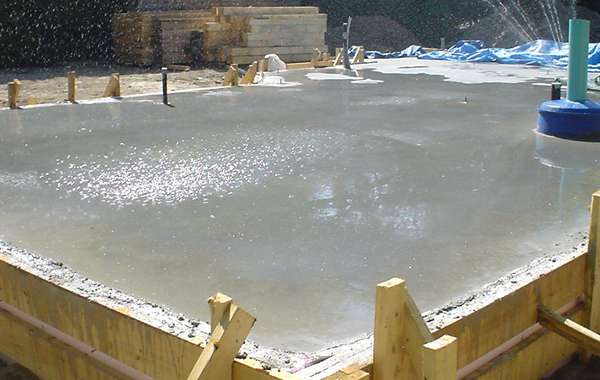
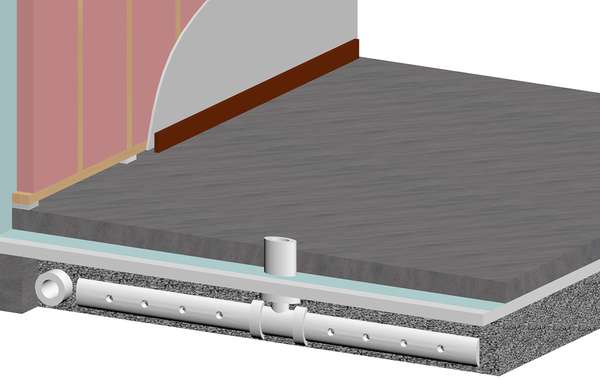
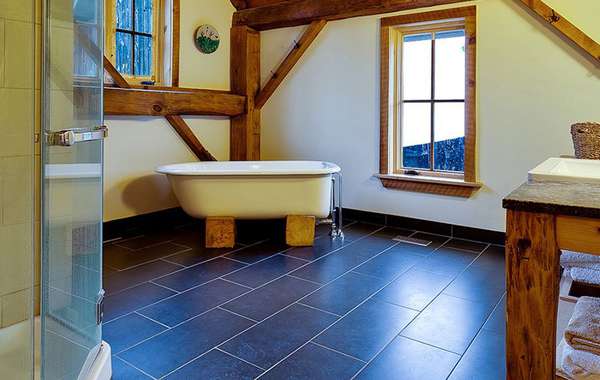
A very informative article. I am building a workshop in an area where energy is super expensive so I plan to insulate the floor and use radiant heat to heat the building (I am hoping to add a solar HW system in the future to supplement the heat source. Your article says that R20 is a minimum floor insulation but could need more depending on the type of ground...but there is no indication as to what that means. How do I determine if my ground requires more than R20?
Thanks
Hi Richard
热量在不同的材料中传播的方式不同,这意味着你在岩石上比在土壤上需要更少的隔热材料来保持相同的舒适度和热量散失率。你可以自己用铲子得到一个大致的概念,但要得到更具体和准确的信息,你需要咨询岩土工程师。此外,区域和气候也是非常重要的因素,在温和的气候中,你可以减少成本。
As a bench mark, our engineer has determined that in the Ottawa / Montreal region (and similar climates) the 'sweet spot' of insulation (meaning the ideal amount for a sensible return on investment) is likely in the 6- 8 inches range with EPS rigid foam, which would be somewhere between R24 and R32. I wouldn't go below that, and unless you have a need to remove soil and replace it with foam in order to lighten the load on soft soil, I can't see using more than 10 inches in most of Canada.
I am renovating a 60 year old home with about a 700 sq ft addition. In the new basement is it better to insulate under the new poured concrete basement floor with the proper foam sheeting as opposed to insulating the new floor on top with sub floor options including foam, dry core etc?
谢谢你的帮助。
if you are pouring a new floor it is always best to insulate below. That will help prevent frost heave and cracking, and you take advantage of that thermal mass inside the home that helps regulate temperatures. Insulating on top of a concrete floor should really only be a remedy to fix an existing and unisulated floor.
Great article. You’ve done a good job explaining the merits of more insulation for the basement floor. I am building a home in Winnipeg and I was planning on 2” EPS below the basement floor and now I am shooting for 4”. To clarify the article speaks about 4” as a good amount. Yet in your comments section you speak about 6” minimum with no more than 10”. Are you speaking about basement wall insulation in this comment? Thanks for clarifying.
Hi Paul
It's tough to provide a recommendation for insulation levels that suit all of Canada, that's why we said what I think you are referencing - that we recommend a 'minimum of R20', which would be 4 inches of EPS foam. In a warmer region like Southern Ontario or Coastal BC, 4 inches would probably suffice, but for colder regions of Canada I would be looking at 6 or 8 inches myself for comfort and return on investment.
The reason we offer a 'minimum' level yet also recommend doubling that in some cases, is because of all the variables at play that you would need to factor in to pin down the 'ideal' amount of insulation in a certain region - how clean your heating fuel is, how much it costs, as well as the regional cost of insulation boards. Without investing in energy modelling for a specic house and climate and comparing long term costs, the best recommendations we can give are pretty general. But given that you are in Winnipeg and not Windsor or Victoria, if it were me I'd be considering at least 6 and more likely 8 inches if you've got room for it in your budget.
还有,你打算给地板加热吗?如果你在地板上安装辐射采暖,你会大大增加地板和下面地面之间的温差,这反过来大大增加了热量损失的速度。如果不做大量的数学计算,我们不可能确切地说投资回报率会有多长,但我想说的是,多2英寸(意味着从你现在的4英寸到6英寸)肯定会在不太多年的时间内节省热量。
Thank you Mike for your detailed response. I imagine it must be difficult to provide general comments when building conditions vary so greatly. Incidentally, as we've progressed down the road of the design of our home, we've spoken with several building contractors and consultants. Several have raised concerns over a large engineered concrete basement floor supported by piles. A number of contractors have argued a wooden subfloor would handle shifting better and be easier to repair. Winnipeg is situated predominantly on expansive clay deposits. That combined with extreme weather has some consultants raising heaving concerns if we insulate the basement floor. A suggested alternative, is an engineered wooden floor with a crawlspace below. Two questions: What is your opinion of structural wooden floors for basements and how would you properly insulate the crawlspace underneath?
Hi Paul,
I'm not a big fan of crawlspaces, but we do have page onhow to best insulate a crawlspaceif you do choose that method. And I'm certainly not a fan of leaving slabs unisulated.
We have a page onhow to build on problem soils这可能是一个你可以考虑的解决方案,这是我们目前正在使用的技术。我们正在建造一个新的示范房,而且是在膨胀土上。我们需要做大量的土壤修复来做传统的加厚边板,该系统的任何成本增加都可以通过节约挖掘和土壤修复来抵消。here isvideo of the slab-on-grade我们的演示房正在建造中。我希望这对你有帮助!
Hello, I am presently considering renovating the basement of a 1988 home in Granby, Québec.
Following an initial evaluation, I noticed that most of the basement flooring had been raised 4 1/2 innches by building a subloor made of 2 X 4s, covered with a 1/2 inch veneer and engineered wood. The flooring is fairly cool and the perimeter walls are cold. None of this with any type of moisture.
当添加这种底层地板时,围墙已经就位。所以它使周边墙上所有的电源插座都比正常低。我开始质疑这样抬高底层的原因。另外,我发现围墙后面最后24英寸的混凝土基础在板的水平没有绝缘。墙和混凝土基础之间大约有4英寸的空间。所以现在,我在考虑把石膏墙拆掉适当地隔热。我的问题是确定我是否应该拉出整个底地板结构,包括2x4,适当隔热,然后在上面建造,或者,移除底地板的一部分,如工程师木材和贴面,用EPS或XPS泡沫板在2x4之间隔热。我在想,把现有的2 X 4放在平板上可能会在长期内产生一些其他问题,因为直接接触平板。What is your opinion ?
I live in Calgary and want to upgrade insulation on my 1969 home. The basement has lino on top of concrete. I'm wondering how to insulate that floor. Can I avoid a subfloor and still get high R value? What materials would you suggest? You can imagine that living here, most people will advise a minimal amount and say that I won't get a return on investment. I find their response discouraging, and I keep looking since there are other values at play. Thank you. I really appreciate your opinion.